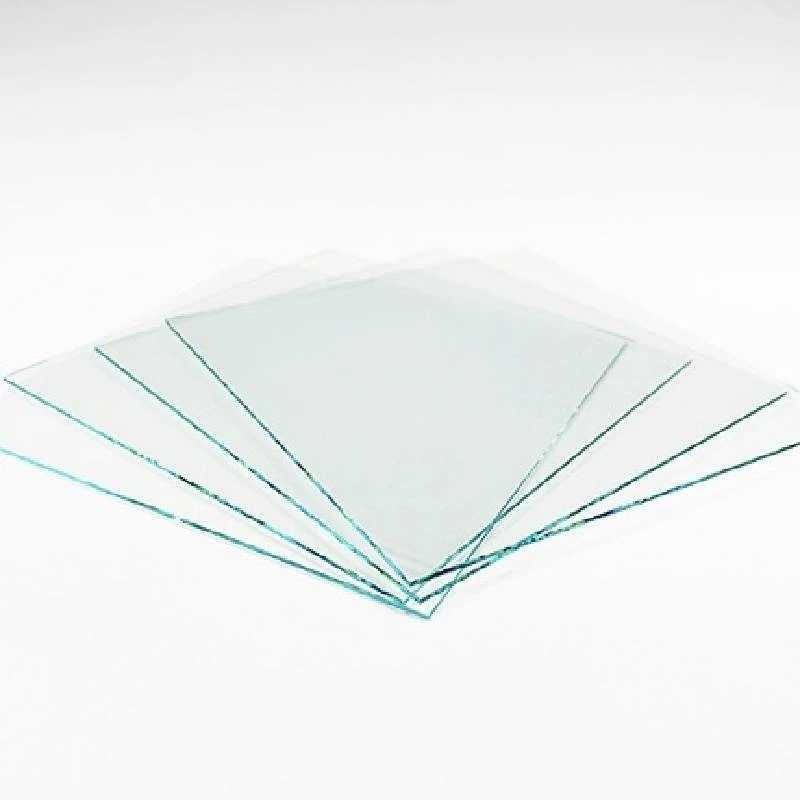

The Growing Demand for Tempered Glass and the Role of Manufacturers
In recent years, tempered glass has seen a significant surge in demand across various industries, driven by its superior strength, safety features, and versatility. Tempered glass, also known as toughened glass, is produced through a thermal process that involves heating and then rapidly cooling the glass to enhance its durability. This process results in a product that is far more resilient to pressure and thermal shock than standard glass, making it ideal for applications ranging from residential architecture to automotive and industrial uses.
One of the primary reasons for the increase in tempered glass usage is its safety benefits. In the event of breakage, tempered glass shatters into small, blunt pieces rather than sharp shards, reducing the risk of injury. This quality makes it particularly appealing for use in applications where human safety is paramount, such as in shower doors, glass railings, and storefronts. Furthermore, tempered glass is often required by building codes in many regions, further driving its adoption in the construction sector.
The Growing Demand for Tempered Glass and the Role of Manufacturers
The manufacturing process of tempered glass involves several critical steps, which are essential for ensuring the final product meets the necessary safety standards. Initially, raw flat glass is cut into the desired size and shape. Next, the glass is heated to approximately 620 degrees Celsius in a tempering oven. This is followed by a rapid cooling phase using high-velocity air jets, which creates compressive stresses on the surface of the glass, significantly enhancing its strength.

As the demand for tempered glass rises, manufacturers are continually innovating to improve efficiencies and reduce costs. Automation plays a vital role in the modern production of tempered glass. Automated cutting and handling systems streamline the process, ensuring precise measurements and reducing waste. Some manufacturers are investing in state-of-the-art tempering lines that can produce larger sizes of glass, catering to the trend of bigger glass installations in architectural designs.
Additionally, manufacturers are exploring eco-friendly practices by incorporating sustainable materials and processes. For instance, some are investing in technologies that minimize energy consumption during production. The push towards sustainability not only helps manufacturers meet regulatory requirements but also appeals to environmentally-conscious consumers who prioritize green building materials.
The global tempered glass market is highly competitive, with numerous manufacturers vying for market share. Key players include companies like Saint-Gobain, Guardian Glass, and AGC Glass, each of which offer a diverse range of products tailored to specific industry needs. These manufacturers are focused not only on quality and safety but also on innovation. Many are developing advanced products, such as energy-efficient glass and glass with superior UV protection.
In conclusion, the rise in the demand for tempered glass presents a wealth of opportunities for manufacturers worldwide. With its inherent safety features and diverse range of applications, tempered glass stands out as a material of choice in today's market. As manufacturers continue to innovate and adapt to changing consumer preferences, the industry is likely to witness further growth and evolution. The future of tempered glass is not only bright but also pivotal in shaping a safer and more sustainable world. As we move forward, the role of tempered glass manufacturers will be crucial in meeting the demands of various sectors while ensuring quality and safety remain paramount.